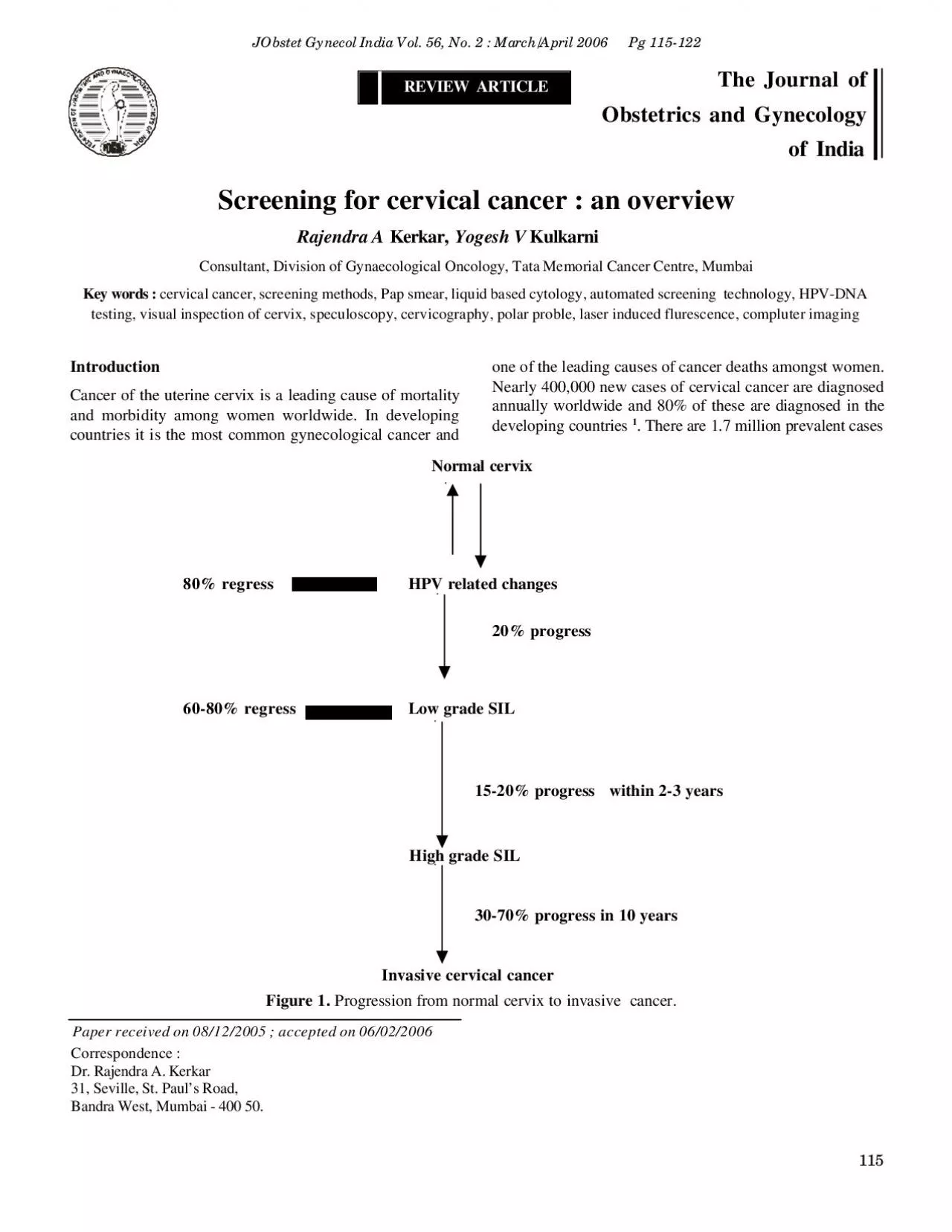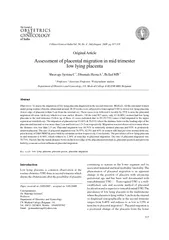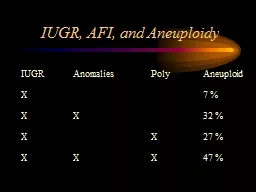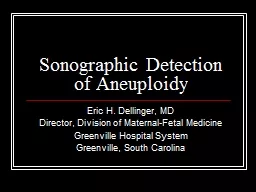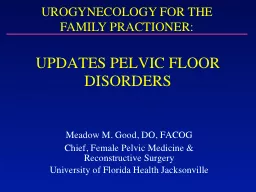PDF-115J Obstet Gynecol India Vol 56 No 2 MarchApril 2006 Pg 11
Author : jordyn | Published Date : 2022-08-20
REVIEW ARTICLEThe Journal ofObstetrics and Gynecologyof India Screening for cervical cancer an overviewRajendra A Kerkar Yogesh V KulkarniConsultant Division of
Presentation Embed Code
Download Presentation
Download Presentation The PPT/PDF document "115J Obstet Gynecol India Vol 56 No 2 M..." is the property of its rightful owner. Permission is granted to download and print the materials on this website for personal, non-commercial use only, and to display it on your personal computer provided you do not modify the materials and that you retain all copyright notices contained in the materials. By downloading content from our website, you accept the terms of this agreement.
115J Obstet Gynecol India Vol 56 No 2 MarchApril 2006 Pg 11: Transcript
Download Rules Of Document
"115J Obstet Gynecol India Vol 56 No 2 MarchApril 2006 Pg 11"The content belongs to its owner. You may download and print it for personal use, without modification, and keep all copyright notices. By downloading, you agree to these terms.
Related Documents

